The invention, entitled "Consumer Abuse Detection System and Method," was discovered by AppleInsider in a new patent application disclosure this week. Apple originally filed for the patent on Feb. 1, 2008. The concept aims to detect issues, like a dropped iPhone, that might void the warranty on the device.
Apple already includes liquid submersion indicators in its MacBook Pros, iPhones and iPods. They irreversibly change color once they come in contact with a liquid, thereby offering the company's retail store staff and authorized repair specialists an easy way to determine if a customer caused damage to their product with liquids — incidents that aren't covered under Apple's standard warranties. Rather than the physical indicator, the new system would save information of damage digitally into memory.
"The system may include an interface by which a diagnostic device may access the memory to analyze the records and determine whether a consumer abuse event occurred, when the event occurred, and, in some embodiments, what type of abuse event occurred," the patent reads. "By providing the capability to quickly and easily detect whether consumer abuse occurred in an electronic device, a vendor or manufacturer diagnosing a returned product may be able to better determine whether or not to initiate a product return under a warranty policy."
In addition to warranty protection, the abuse detection circuitry could be used to disable the electronic device if an issue is detected, potentially reducing the risk of damage to the device. The system would aim protect a myriad of parts on devices, including the screen, processor, memory, and potentially inserted devices like SD or CompactFlash cards.
The system would recognize a number of incident types, with liquid and thermal sensors detecting the elements, a shock sensor for drops, and a continuity sensor to detect tampering with the device. Apple suggests that such a system could save money for product vendors and manufacturers who receive warranty returns on products that have been abused.
"A problem arises when a device has failed due to consumer abuse which may not be readily apparent upon a cursory inspection, but a consumer attempts to return the device for repair or replacement under the warranty," the patent reads. "Often, particularly at a point of sale, personnel receiving the returned device may be unqualified or untrained to determine whether or not a device has failed due to manufacturing defects or due to consumer abuse."
It continues: "Thus, personnel at the point of sale may often times exchange the returned product with a working replacement product regardless of the cause of failure in order to avoid potential conflicts with the customer. As a result, it is not uncommon for consumers to receive replacement products or repair services on abused products not covered under the terms of a warranty. Such erroneous replacements or repairs may be costly to the vendor and/or manufacturer of the product."
 Neil Hughes
Neil Hughes


-m.jpg)






 William Gallagher
William Gallagher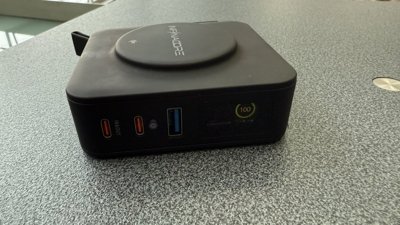
 Thomas Sibilly
Thomas Sibilly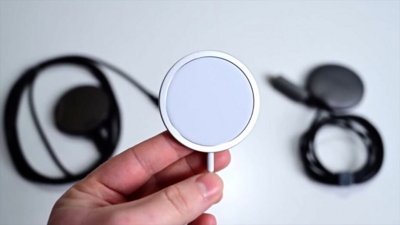
 Andrew O'Hara
Andrew O'Hara
 Amber Neely
Amber Neely
 Marko Zivkovic
Marko Zivkovic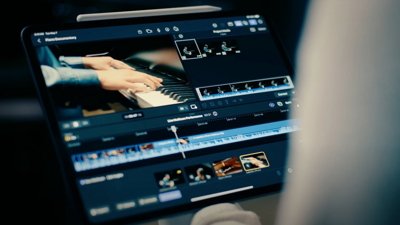
 Malcolm Owen
Malcolm Owen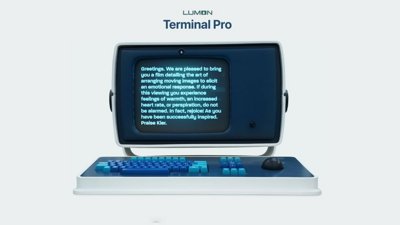
 William Gallagher and Mike Wuerthele
William Gallagher and Mike Wuerthele
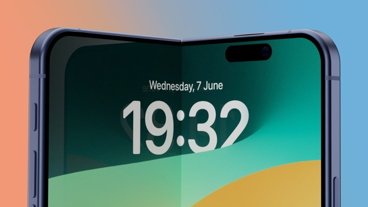
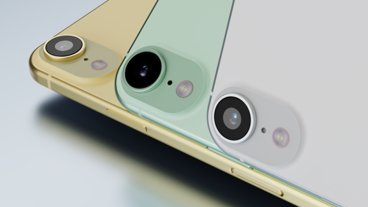
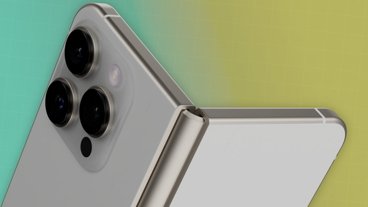







60 Comments
Dang - stop abusing your Macs and learn to love them more.
hahahahaha love it! my iPhone would be all "he didn't give me the same attention when he first got me, it's like we have nothing in common any more".
I went into an Apple store on Saturday to see about a crack in my iPhone near the bottom port. After running a quick test on it, they told me they couldn't do anything because my moisture sensor had been activated. I was told that both the warranty and Applecare were voided by this. Since I haven't submerged my phone, spilled a drink on it, or done any of the other things I was told would activate the sensor I question how well it works, but the Apple genius insisted the system didn't make mistakes.
I went into an Apple store on Saturday to see about a crack in my iPhone near the bottom port. After running a quick test on it, they told me they couldn't do anything because my moisture sensor had been activated. I was told that both the warranty and Applecare were voided by this. Since I haven't submerged my phone, spilled a drink on it, or done any of the other things I was told would activate the sensor I question how well it works, but the Apple genius insisted the system didn't make mistakes.
Did you store it in your pants pocket after using the barthroom?
How is this different than Dallas Semi's iButtons, aside from the fact that it is integrated into the product. The iButtons had temperature, liquid, and shock detection for anything from batteries to perishables. I think the iButtons go back 12 years at least.
I appreciate that a manufacturer needs to be able to protect themselves from rampant abuse, but this type of thing can easily be abused. Consumer Electronics really isn't the right place for it.